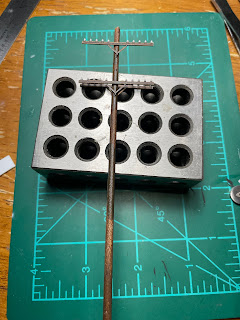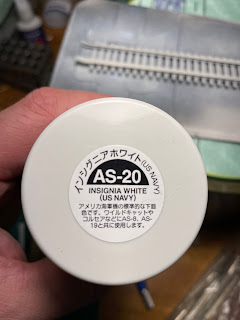Sides of the depot assembled.

Merry Chirstmas! Work continues on the Mopac's Blue Rapid, KS, depot. I've assembled the depot exterior walls and completed the asbestos siding on the ends. All windows are glued in. The bay window piece isn't glued in yet as I want to finish the interior to include the floor and walls. I received another order of styrene from Evergreen so I can work on the exterior corner trim pieces. I still need to install the interior trim around the windows/door and the wainscoting. I'm waiting for temperatures to warm up to allow me to airbrush. South side of the depot Interior view looking west - awaiting floor, interior walls, and finishing North side of the depot - minus the bay window









